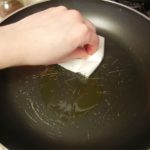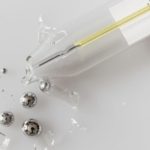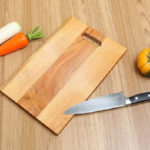Many families now opt to buy banh chung (a traditional Vietnamese sticky rice cake) from the market instead of preparing and boiling it at home to save time. However, some vendors take advantage of this convenience by boiling the cakes with batteries instead of using traditional methods, endangering consumers’ health. Here are some tips to help you identify and avoid these toxic treats:
1. How to Spot Banh Chung Boiled with Batteries
Examine the Outer Leaves: Traditionally boiled banh chung will have leaves that turn slightly yellow after prolonged boiling, usually around 10 hours. Cakes boiled with batteries, on the other hand, often have leaves that retain a vibrant purple or green color, resembling freshly packed leaves.
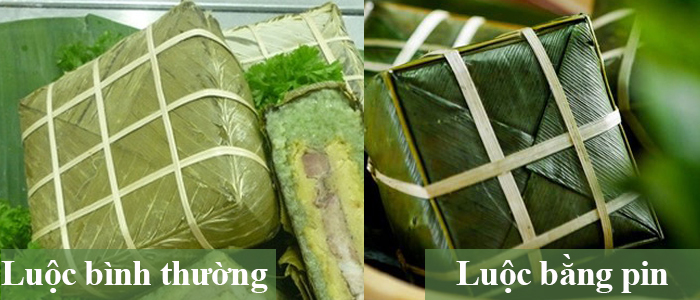
Check the Cake’s Surface: Regularly boiled banh chung will have a surface that is slightly greenish or yellowish, and the sticky rice will not appear transparent. Cakes boiled with batteries, however, will have a bright green appearance, and the sticky rice will be crystal clear and very appealing to the eye.
If banh chung is wrapped in la dong (a type of leaf used for wrapping the cake), the cake will have a green color, and the sticky rice will be less transparent than battery-boiled cakes. The green color will be natural, unlike the intense color of battery-boiled cakes.
These methods apply to cakes made with regular sticky rice. If nep cam (a type of black sticky rice) is used, you can identify battery-boiled cakes by the color of the outer leaves and the filling inside.
Examine the Filling: Normally boiled banh chung will have sticky rice that is very sticky and has a distinctive aroma. The cake will also feel firmer when held. In contrast, cakes boiled with batteries will lack this distinctive aroma, and the sticky rice will be less sticky due to rapid cooking. They will also feel less firm to the touch.
2. The Dangers of Consuming Banh Chung Boiled with Batteries
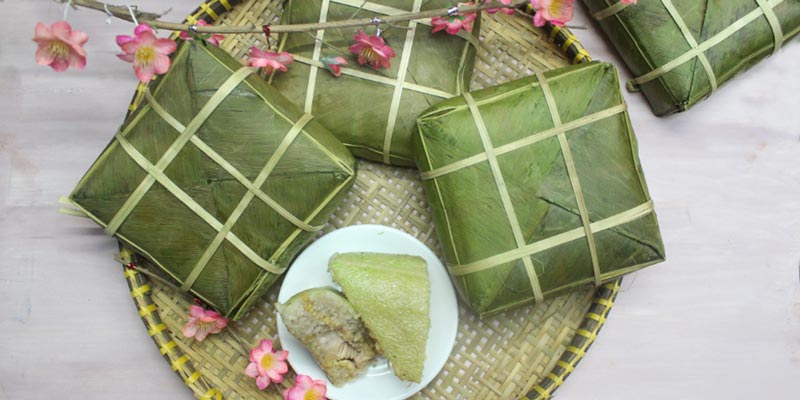
Boiling banh chung with batteries may reduce cooking time and costs, but it comes at a dangerous price. Batteries contain heavy metals such as mercury, arsenic, and lead, which are highly toxic and pose a significant risk to brain function, cardiovascular health, and kidney health. They can also adversely affect fertility.
Severe lead poisoning can lead to high blood pressure, infertility, and even miscarriages in pregnant women. Additionally, prolonged exposure to high concentrations of these toxic substances can be fatal.
To prolong the shelf life of banh chung, store it in a cool, dry, and dust-free place. We hope that these tips on identifying banh chung boiled with batteries will help you make informed choices during the Tet holiday season.
8 Common Mistakes People Make with Cutting Boards
Are you using your cutting board correctly? Many Vietnamese households rely on cutting boards in their kitchen, but not everyone knows how to use them properly, especially when it comes to wooden cutting boards. Check out these 8 mistakes to avoid when using a cutting board to ensure both hygiene and safety for everyone in your family.
Is Refrigerated Leftovers Linked to an Increased Risk of Cancer?
Dr. Lam Van Man, Head of Research, Development and Technology Transfer Department of the Institute of Safety Food, has warned of the risk of food poisoning when reheating leftovers from the refrigerator. But what should we be aware of when it comes to the possibility of these leftovers causing cancer? Here, we explore what the experts have to say on the matter and offer some tips for safe eating.


























